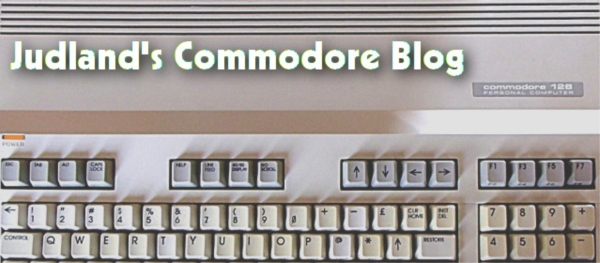A ten-floppy disk drive for your C64
CommodoreServer launches new functionality for their Comet64 Internet modem; Access ten virtual disks at once!
As originally posted on Load"$".com:
A couple of weeks ago, I mentioned that the guys over at CommodoreServer were working on some upgrades to their virtual disk drive services. Yesterday, Goog mentioned on his blog that the new services were ready for prime-time. So, I took a bit of time to try them out.
This new feature allows you to work with up to ten virtual disk drives, via the Comet64 Internet modem (or with the VICE emulator), at one time.
Think of it as a 1541 “deca-drive” for your C64! :o)

You can link ten disk images to each of the drives (numbered 0: to 9:) and easily work with the files within them by preceding each disk command with the assigned “drive” letter. Actually, when I started working with the new feature, I was reminded of my high-school days at the PET lab and the dual floppy disk drives.
The new command syntax takes a bit of getting used to, but isn't too complicated once you get the hang of it.
To assign a new disk image to a drive number, you first have to navigate the drive to the location of your disk image. I do it like this:
LOAD ”>CF 0:/ROOT-DIRECTORY/SUB-DIRECTORY”,2
This puts drive 0 into the directory that holds the disk image I want to assign to it. You can do this for each drive you wish to use.
Then, you can attach a disk image like this:
LOAD ”>INSERT 0:DISK-IMAGE.D64”, 2
Once that is done, you can also do a directory printout by typing:
LOAD ”>$ 0:”,2
To load a program from a disk, you then type:
LOAD “0:PROGRAM-NAME”,2
I bet you can see a pattern appearing: LOAD, then the command you want to execute >$ (print the disk directory), then the virtual drive on which you want it performed 0: (drive zero), followed by ,2.
Fun stuff!



Leave a Comment
You must be signed-in to post comments.Responses